Ferragosto
definitely marks the peak of the Italian summer. You know that Ferragosto comes up, when the already slow city life fades down to almost nothing and you hear buone vacanze from friends and colleagues all the time.
Summer in Italy always follows the same pattern: by the end of June, when school holiday starts, one half of the population – kids, housewives and grandparents – leave town for the summer. City life slows down, but the shops, offices and restaurants are still open. Every Friday night all working people get on the Highway to be with the family for the weekend – no matter what you try, you will end up in traffic. Same procedure on Sunday night, back to town.
in Italy always follows the same pattern: by the end of June, when school holiday starts, one half of the population – kids, housewives and grandparents – leave town for the summer. City life slows down, but the shops, offices and restaurants are still open. Every Friday night all working people get on the Highway to be with the family for the weekend – no matter what you try, you will end up in traffic. Same procedure on Sunday night, back to town.
Chiuso per ferie
 With Ferragosto (August 15th), the exodus starts and the other half of the population follows their families to the beach and summer houses. Many shops and businesses post up notices “Chiuso per ferie”, meaning closed for the holidays – not a good time for visitors. The usually so busy city develops to an open air museum – you can dance on the street.
With Ferragosto (August 15th), the exodus starts and the other half of the population follows their families to the beach and summer houses. Many shops and businesses post up notices “Chiuso per ferie”, meaning closed for the holidays – not a good time for visitors. The usually so busy city develops to an open air museum – you can dance on the street.
What is Ferragosto?
It took me a while to understand the different meanings of Ferragosto. The first year I spent the whole summer at the beach and just wondered how crowded it got in the second half of August. Next year I stayed in town and was caught by surprise by a huge catholic procession, again another year I was invited by close friends for a family feast.  So what is the point of Ferragosto? Ferragosto has a religious background, it marks the celebration of the Assumption of Mary – that explains why you find processions in the cities. Many Italians take advantage of the bank holiday to escape from the hot city and start their vacation time at the beach.
So what is the point of Ferragosto? Ferragosto has a religious background, it marks the celebration of the Assumption of Mary – that explains why you find processions in the cities. Many Italians take advantage of the bank holiday to escape from the hot city and start their vacation time at the beach.
It wouldn’t be Italy, if there weren’t a feast involved!
My conclusion is: Ferragosto is a mixture of Thanksgiving and New Year’s Eve, you get together with your family for a feast, but you also party and join the fireworks at night.

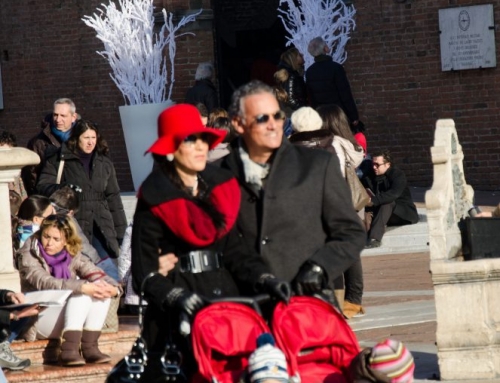
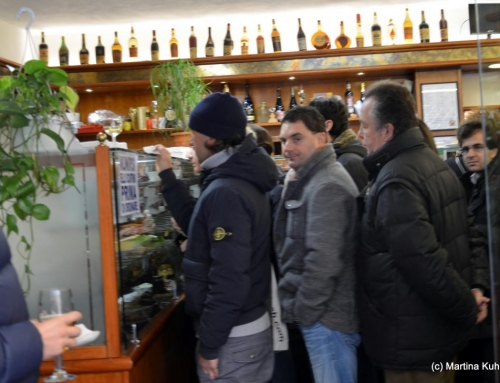
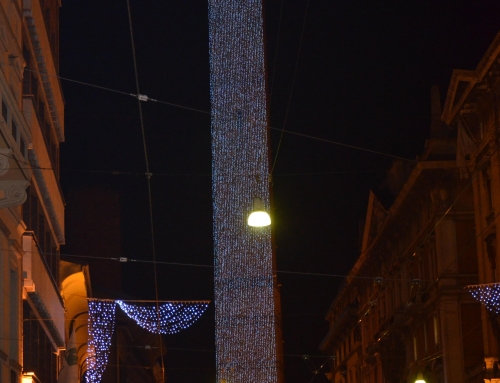
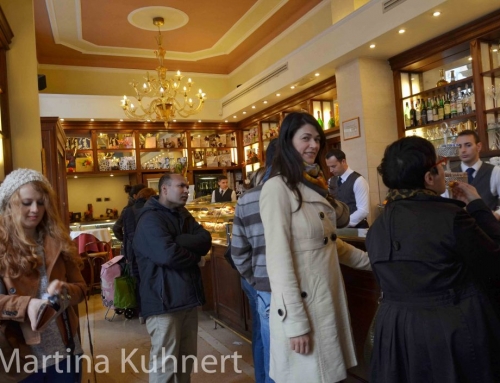
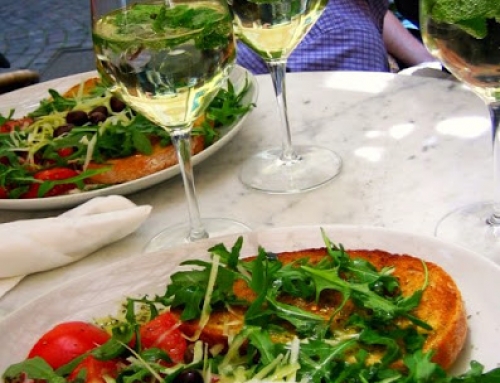
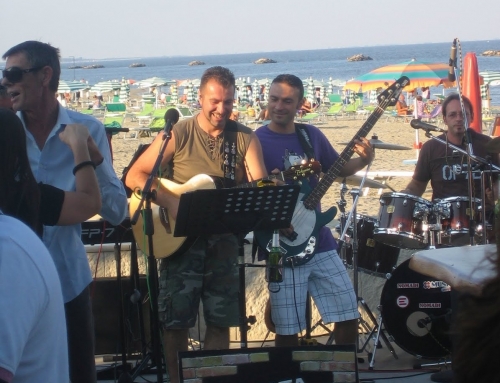
Leave a Reply